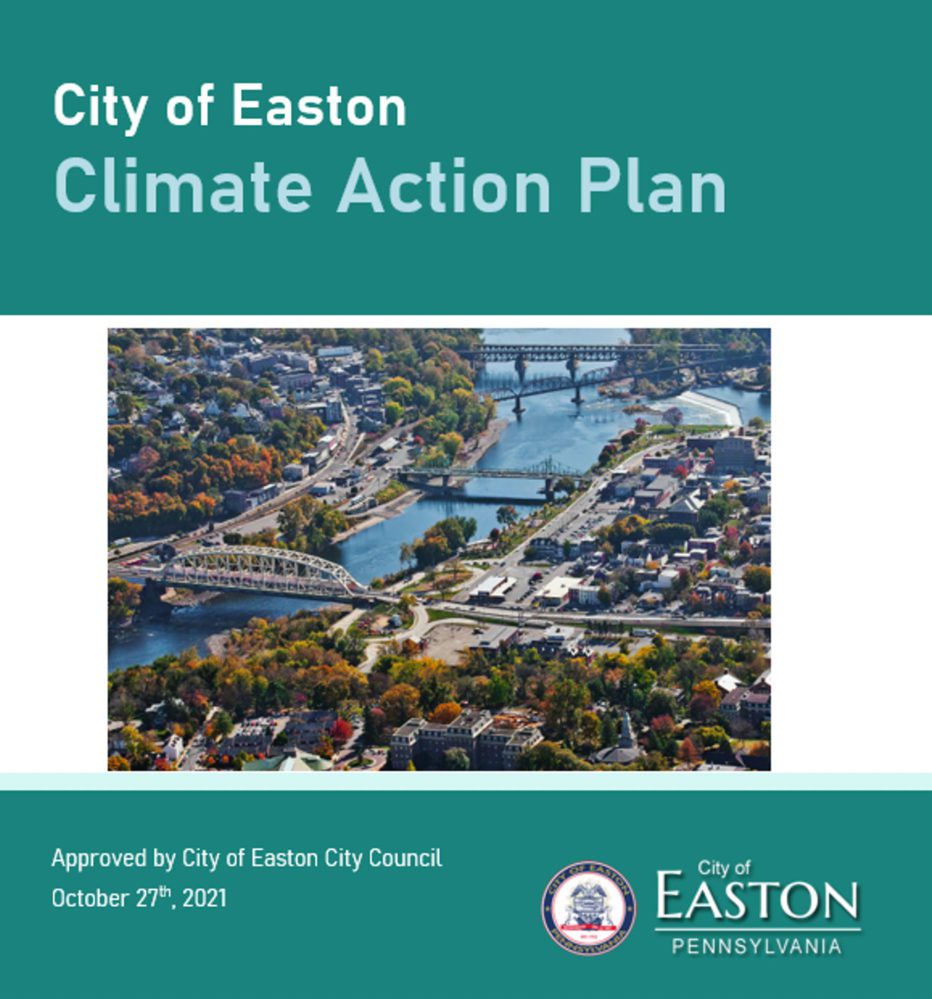


For on-line SPE, the gradient elution was: 0 min acetonitrile:water (0.05% ammonia) (98:2 v/v), from 0 to 6 min a linear gradient up to acetonitrile:water (0.05% ammonia) (35:65 v/v), from 6 to 7.5 min a linear gradient up to 100% acetonitrile followed by an isocratic step for 2 min. For direct injection, the gradient elution was: 0 min water (0.05% formic acid), from 0 to 8.5 min a linear gradient up to acetonitrile (0.05% formic acid):water (0.05% formic acid) (97.5:2.5 v/v) followed by an isocratic step for 2 min. For on-line SPE, the chromatographic separation was performed on an Acquity UPLC BEH C18 column (Waters, 100 mm × 2.1 mm, 1.7 μm) at 40 ☌ using an acetonitrile:water (0.05% ammonia) gradient. For direct injection, the separation was performed on a UPLC Acquity TSS T3 column (Waters, 150 mm × 2.1 mm, 1.8 μm) at 40 ☌ using an acetonitrile (0.05% formic acid):water (0.05% formic acid) gradient. The chromatographic system was a ultra-performance liquid chromatography (UPLC) Acquity (Waters) equipped with a binary gradient pump and a thermostated column compartment. For all other compounds, direct injection of the sample was performed into the high-performance liquid chromatography (HPLC) system. On-line solid-phase extraction (SPE) (Combipal 2777 Sample Manager) was performed with an OASIS HLB column (Waters, 30 mm × 2.1 mm, 20 μm) for bezafibrate, diclofenac, ibuprofen, naproxen, 1,2,3-benzotriazole and the associated internal standards. Therefore, a study was undertaken to assess the efficiency of removing pharmaceuticals at a surface water treatment plant abstracting directly from the Meuse river. 2013) and an assessment of the drinking water production processes along this river is desirable.

Being significantly influenced by wastewaters, pharmaceuticals have been regularly found ( Houtman et al. The Meuse is an international river providing drinking water to more than 6 million people. Few studies have assessed the removal efficiency of a conventional treatment directly abstracting surface water ( Benotti et al. In Europe, some studies have reported the presence of pharmaceuticals in drinking water produced from groundwater or surface water, usually at concentrations below 0.1 μg/L and sometimes at higher concentrations ( Ternes 1998 Benner et al. This process has been improved by pre-oxidation with ozone ( Kruithof & Masschelein 1999). Therefore, drinking water without any significant health-related amount of these pharmaceuticals can be produced from surface water.ĭrinking water production by direct abstraction of surface water is mostly realized by a multi-barrier treatment process involving coagulation–flocculation, sedimentation, filtration and disinfection steps. A conventional multi-barrier treatment combining ozone and activated carbon, already used for several decades before implementation in wastewater treatment, can completely remove most pharmaceuticals. Levetiracetam was the most reluctant compound. Irbesartan and levetiracetam were completely removed by granular activated carbon filtration. After pre-ozonation of raw water, most pharmaceuticals were completely removed, except levetiracetam and irbesartan, confirming the efficiency of this advanced oxidation process. The tracer substance 1,2,3-benzotriazole allowed estimation of the maximal concentration of pharmaceuticals and the evolution profile for tramadol and sotalol. All compounds found at that intake point had an annual consumption greater than 90 mg/inhabitant. Tramadol and levetiracetam were the most common compounds while cytostatics were not detected.

Several pharmaceuticals were followed through a drinking water production process on the river Meuse.


 0 kommentar(er)
0 kommentar(er)
